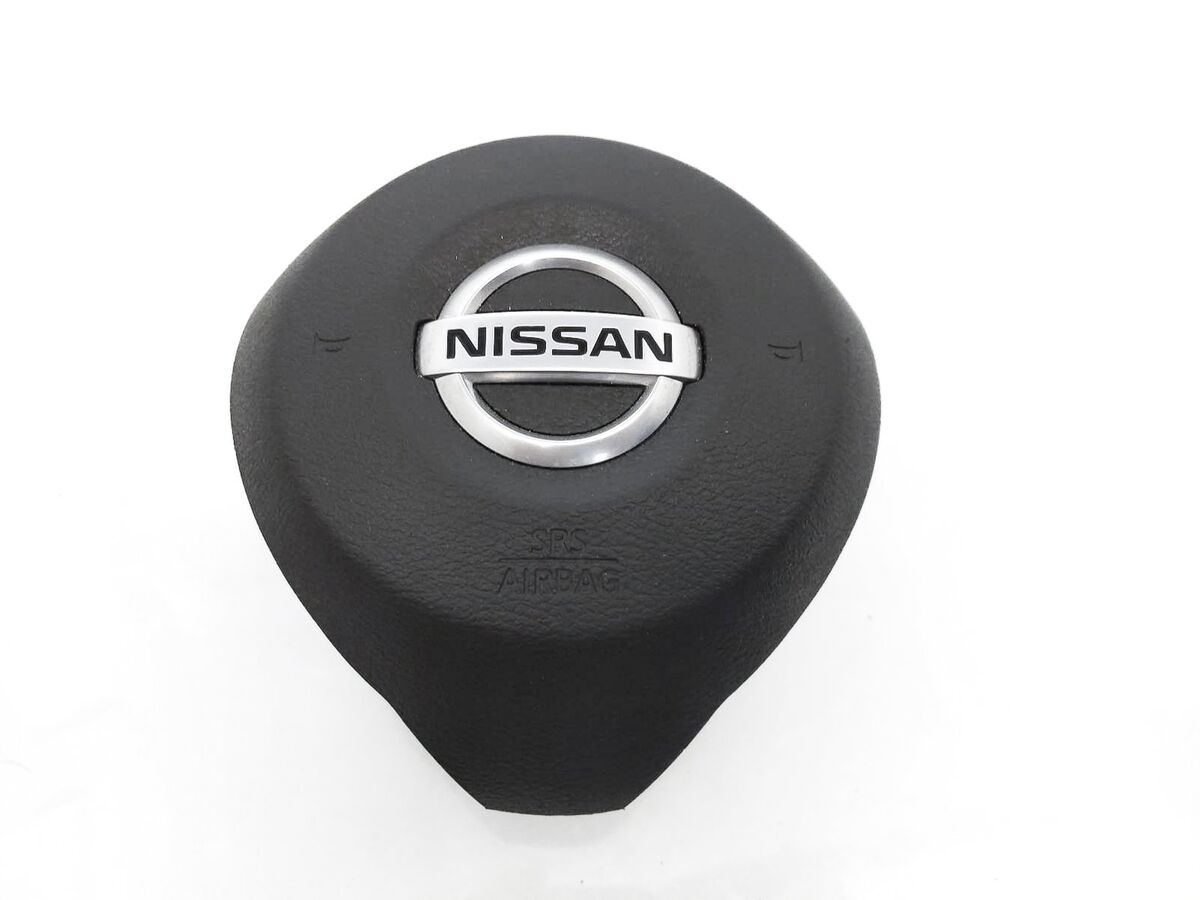Nissan, a renowned name in the automotive industry, has always placed safety at the forefront of its vehicle designs. In this era of advanced safety measures, Nissan has integrated cutting-edge airbag technology into its vehicles to ensure the protection of both drivers and passengers. This article delves into the world of Nissan airbags, exploring their evolution, functionality, and the pivotal role they play in enhancing safety on the road.
Nissan has a rich history of innovations, and its journey in airbag development is no exception. Over the years, Nissan has consistently strived to improve its airbag systems, making them more effective and reliable in safeguarding vehicle occupants.
Understanding the inner workings of Nissan airbags is crucial to appreciating their effectiveness. These sophisticated safety devices rely on an intricate network of sensors placed strategically throughout the vehicle. When a collision is detected, these sensors trigger the airbag control unit.
Call Us: (571) 417-5717Nissan airbags are an important safety feature in Nissan vehicles. They are designed to protect occupants in the event of a collision by providing a cushion of protection and distributing the force of the impact over a larger area.
Nissan airbags are equipped with sensors that detect the impact of a collision. When an impact is detected, the sensors send a signal to the airbag control unit. The airbag control unit then triggers the airbags to inflate within milliseconds. The airbags inflate and then deflate quickly, providing a cushion of protection for occupants.
Benefits of Nissan airbags - Nissan airbags can help to reduce the risk of injury or death in the event of a collision. They can also help to cushion the impact of a collision, reducing the forces experienced by occupants. Additionally, Nissan airbags can help to spread the forces of a collision over a larger area, reducing the risk of localized injuries.

Nissan offers a variety of different airbags, depending on the model and year. The most common types of Nissan airbags include: Driver airbags: Driver airbags are located in the steering wheel and are designed to protect the driver in the event of a frontal collision. Passenger airbags: Passenger airbags are located in the dashboard and are designed to protect the front passenger in the event of a frontal collision. Side airbags: Side airbags are located in the seats and are designed to protect occupants from side impacts. Curtain airbags: Curtain airbags are located in the roof and are designed to protect occupants from rollovers. Knee airbags: Knee airbags are located in the dashboard and are designed to protect the driver's knees from impact in the event of a frontal collision. Rear seat airbags: Rear seat airbags are located in the rear seats and are designed to protect rear passengers from side impacts.
Nissan airbags are designed to last for the life of the vehicle, but there are a few things you can do to help maintain them: Keep your vehicle clean: Dirt and debris can build up on the airbag sensors and interfere with their operation. Be sure to clean your vehicle regularly, both inside and out. Have your vehicle inspected regularly: Take your Nissan vehicle to a Nissan dealer for regular inspections. The dealer will inspect the airbags and other safety features to ensure they are in good working order. Replace the airbags if they are deployed: If your Nissan airbags are deployed in a collision, they must be replaced. Do not attempt to reuse a deployed airbag.
Always wear your seatbelt: Seatbelts are the most important safety feature in your car, and they work best when used in conjunction with airbags. Make sure that all occupants of your vehicle are properly restrained: Children should be in child safety seats or booster seats, depending on their age and size. Keep your vehicle clean and well-maintained: This includes having the airbags inspected regularly by a qualified mechanic. Be aware of the risks of driving: Always drive defensively and be prepared for the unexpected.
If you need to replace your Nissan airbags, it is important to have them replaced by a qualified mechanic. Nissan airbags are complex devices and should only be replaced by someone who knows how to do it correctly.
Nissan airbags are an important safety feature in Nissan vehicles. They can help to reduce the risk of injury or death in the event of a collision. If you are involved in a collision, your Nissan airbags are designed to protect you and your passengers.
Are Nissan airbags standard in all Nissan vehicle models? Nissan airbags are typically standard safety features in most Nissan vehicle models. However, it's advisable to confirm with your local Nissan dealership for specific details.
How do Nissan airbags differ from airbags in other vehicles? Nissan airbags are designed and rigorously tested to meet the brand's stringent safety standards, ensuring optimal performance in various driving conditions.
Can Nissan airbags be retrofitted into older Nissan models? Retrofitting Nissan airbags into older models may be possible but is best performed by authorized Nissan service centers for safety and feasibility.
Do Nissan airbags require regular maintenance? Nissan airbags are designed for long-term reliability, but following the manufacturer's recommended maintenance schedule is essential to ensure their continued functionality.
Are Nissan airbags compatible with child safety seats? Nissan airbags are generally compatible with child safety seats, but it's essential to consult the vehicle's manual for specific guidelines on child seat placement.
Make safety a priority with Nissan airbags - where innovation meets protection on every journey.